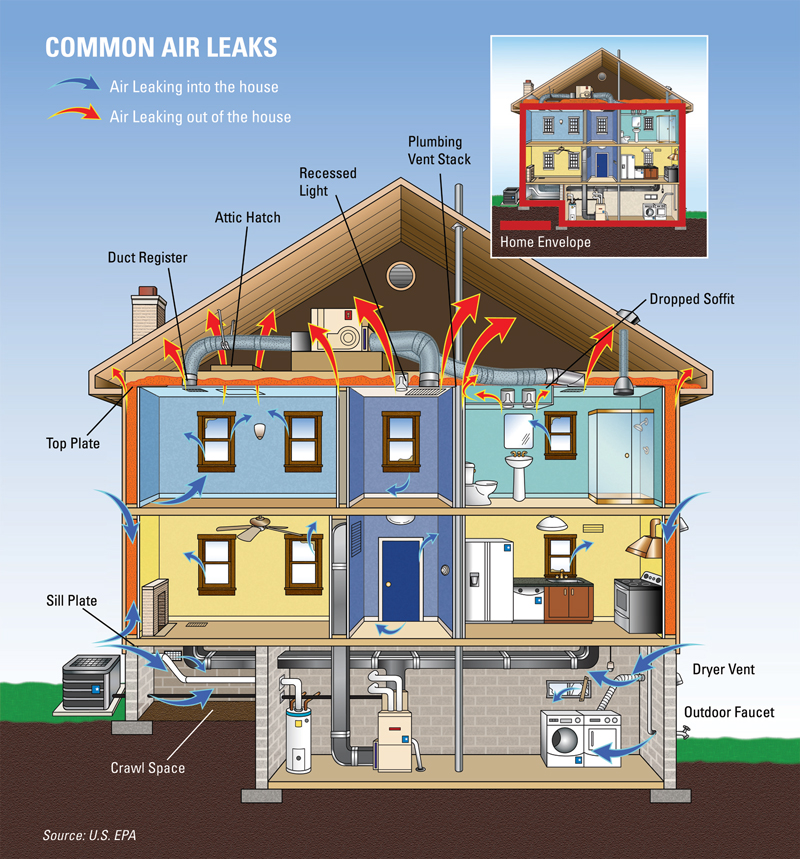ICF Facts
What are Insulating Concrete
Forms (ICFs)?
Insulated Concrete Forms (or ICFs) are forms or
molds that have built-in insulation for accepting reinforced concrete. The first patent application for an ICF was
registered in the late 1960’s. Since
then, and particularly in the last 4 years, ICFs have been fast-becoming the
mainstream preferred building product worldwide for all of the right reasons.
These large, hollow blocks are stacked right off of the truck and filled with
reinforcing bar and concrete. The end
result leaves you with a high-performing wall that is structurally sound,
insulated, strapped, has a vapor barrier and is ready to accept final exterior
and interior finishes.
Why should you build with
ICFs?
A better question would be, “Why would you consider building
with anything else?” Here are a few of
the best reasons to build with ICFs:
Comfort – Nothing blows through reinforced
concrete. There will be absolutely no
drafts or cold spots. ICF homeowners
have commented on how constant temperatures stay within their homes. Because of the tremendous thermal mass of the
exterior wall envelope, temperature peaks are smoothed, and therefore homes are
noticeably warmer in the winter and cooler in the summer.
Safe & Healthy – There are no CFCs, HCFCs, or
formaldehydes, and also no wood to rot and mold. ICFs are the answer for allergy and asthma
sufferers. They have a two-hour fire
rating and are termite and pest resistant.
But most importantly, these structures can withstand a severe storm
hit. Have you considered climate change
into your future structure’s design?
Flexibility in Design – Reinforced concrete has
tremendous proven design capabilities.
For example, how many bridges do you travel over every day? ICF wall systems can support concrete floor
and roof systems and give you the ultimate in innovative design.
Quiet – Your outside noises are eliminated. Is your future building site near train
tracks, airports, highways or recreational vehicle trails? Maybe you simply do not wish to hear the
neighbor mowing his lawn.
Energy Efficiency – Homes built with ICF exterior
walls require an estimated 44% less energy to heat and 32% less energy to cool
than comparable frame houses.
Consequently, your HVAC systems can be downsized. Since floor systems are hung on the inside of
the wall, real energy savings come when you design above-grade, thereby
eliminating a huge heat loss area in conventional housing.
Build Green with ICFs - Protect our
Children's Future!
Our world’s number one challenge is to reduce the amount of
carbon dioxide that is being discharged into our atmosphere. The earth’s relatively sudden warming and
consequent dramatic effects of climate change are directly related to these
carbon dioxide emissions.
· Landfilling
construction waste is reduced to less than 1% when you build with AMVIC. For every one tone of methane produced by
landfilling practices, 20 tones of CO2 are produced.
· Every ICF home saves
approximately 8.5 trees and effectively preserve nature’s air filters. Ask yourself the question, “How much oxygen
does sand and gravel produce?”
· If we can reduce our
energy bills by as high as 40%, we can reduce CO2 emissions by the same
amount. The world’s international Kyoto
agreement insists on a reduction of emissions by 50% just to slow down the
effects of global warming. ICFs are a
part of the answer to CO2 reductions.
Storm Warning!
Most importantly, ICF walls provide safe shelter from severe
storms, whose occurrence is increasing in frequency as well as severity. Provinces and states with no past history of
tornadoes are now experiencing them. As
a result of the recent number of hurricanes in their areas, building codes are
being upgraded along the seashores of the Caribbean, Florida and the
Carolinas. Since 1983, insurance claims
due to a majority of severe storm events have been doubling every five
years. Protect your investment, protect
your family, and protect yourself. Build
with Insulated Concrete Forms.
Insulating Concrete Forms are the
Right Choice!
No CFC's
Replaces
Timber
Non-Toxic
Reduced Construction
Time
Any Architectural
Design
Replaces Insulation
Material
Reduces Energy
Costs
Increases Resale
Value
No Structural
Deterioration
Source of information:
www.icfhomes.com
www.CharisHomes.com



